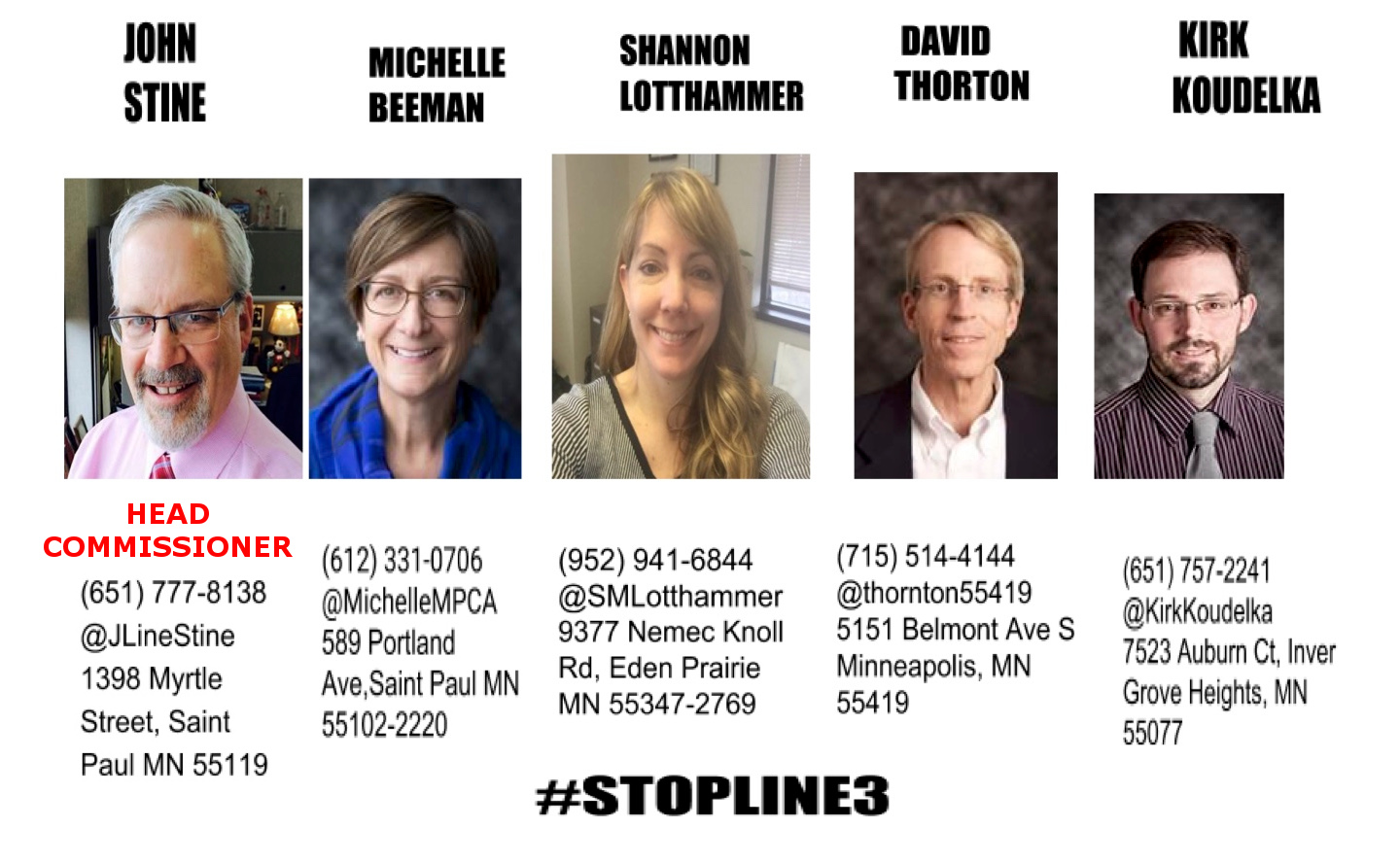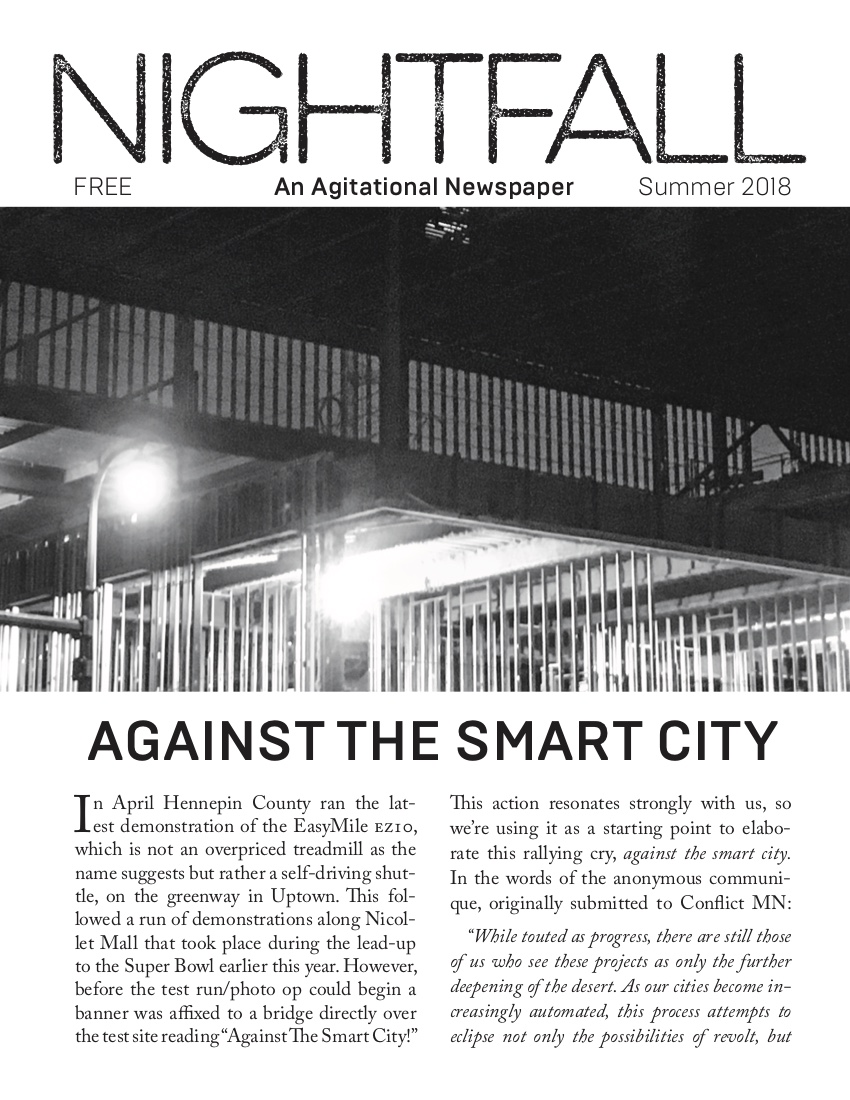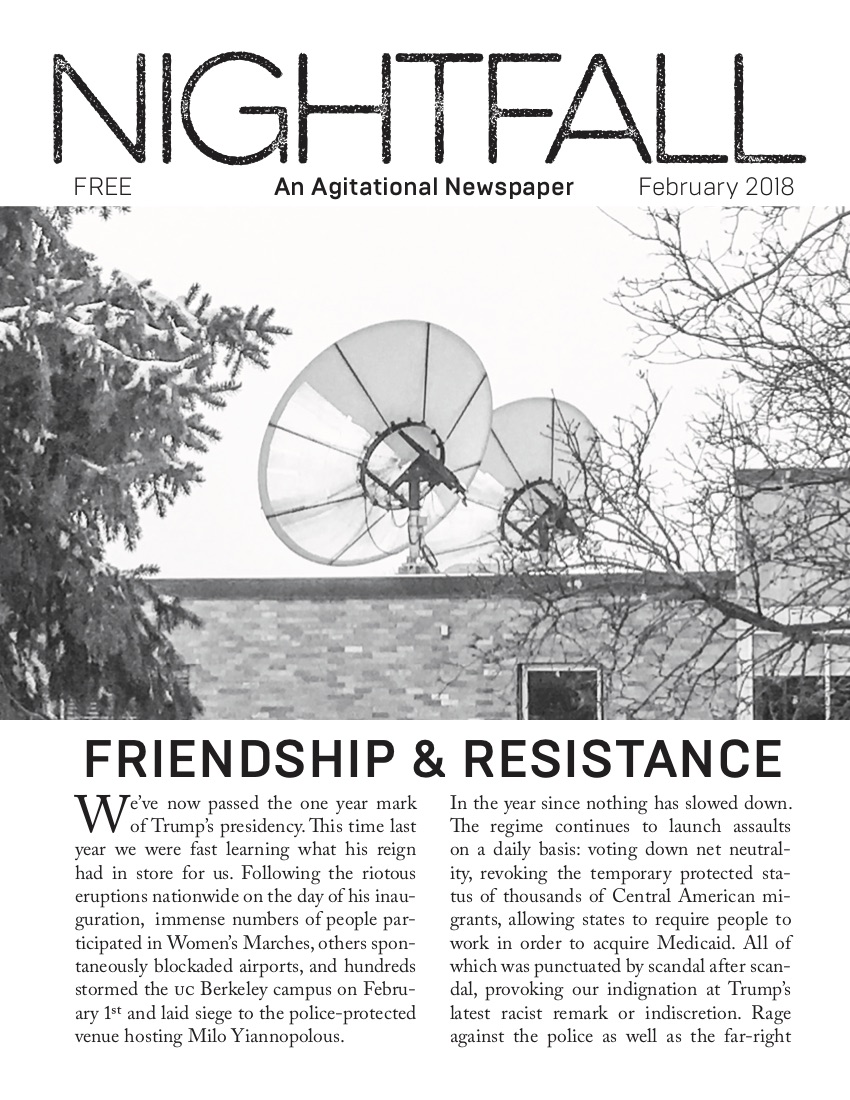Anonymous submission to Conflict Minnesota
“A thing is revolutionary that actually causes revolutions.”
– The Invisible Committee, To Our Friends
The phrase “direct action” is fairly ubiquitous amongst the radical left, anarchist or other anti-authoritarian milieus. To summarize for those who might not be familiar, direct action refers to acts that directly accomplish their goals. It is often used to illustrate the contrast with electoral organizing and other tactics most often associated with liberal tendencies. According to the phrase’s wikipedia page, the origins of the phrase itself can be traced back to the early 20th century anarchist movement in the United States, and later taken up by civil rights groups and environmental activists, among others. Since its inception, “direct action” has been used to describe an ever-expanding multitude of activities.
Now in 2019, it is clear that the use of the phrase “direct action” has become diluted significantly, which I will examine below. However, I will not reference any specific actions or their communiques because I have no intention to disparage them. In the midst of our miserable hellworld, anyone who takes action against it is a source of inspiration. The purpose of this essay is instead to contribute to a more precise discussion of strategy around what are called direct actions.
The first instance of this dilution I will examine is how it is often used to describe actions that are simply illegal or clandestine. This could be spray painting graffiti slogans around a neighborhood, a particularly daring banner drop, or certain blockades. Often these are simply tactics that happen to be illegal but are used to raise awareness of something rather than have a direct impact itself. Occasionally, the logic used here is that the goal of the action was to raise awareness and therefore the action accomplished that goal directly, though it seems evident that this is a clear divergence from the phrase’s original meaning, as the legality of an action can’t measure its how effective it is.
The most egregious use of “direct action” has been in reference to essentially the opposite of its intended purpose—literally voting. It’s less common, but especially referendums or ballot propositions are occasionally snuck into definitions of direct action because of the way they don’t rely as directly on politicians. This hollows out the phrase of its content and essentially leaves it meaningless—there is nothing direct about voting for change, regardless of whether we cast the votes ourselves.
More often, “direct action” is used to describe actions of a significantly militant magnitude. Arson, bombings, essentially all forms of targeted sabotage. The idea is that the attack on an enemy target disrupts that target’s capacity to operate in some way—this logic appears sound. However, upon further examination there are still some discrepancies. In many cases, these acts of sabotage, no matter how intense, are predicated on one or several demands. Whether the demands are of whatever entity is being targeted or not, oftentimes these attacks either explicitly or implicitly demand that a repressive measure be rescinded, or a company divests from a project, etc. It gets harder to decipher when the demand is implicit—an attack that intervenes during a moment of social tension might not make demands, but takes place in a context where demands are present. With regards to a demand, the attack itself doesn’t directly accomplish the goal, although it puts pressure on the target to concede to the demand in ways petitions never could.
Lastly, mutual aid activities are considered “direct action,” for example food shares, or clothing swaps. In a sense, these are ways of directly taking action against hunger, poverty, and similar conditions. But perhaps a more accurate reading would be that these actions temporarily alleviate the symptoms of these conditions for the participants, but don’t necessarily impact how pervasive those conditions are.
Here is where I will make a slight shift in direction. I’ve addressed above the ways in which “direct action” has been diluted into a nearly meaningless term. But instead of attempting to reclaim it, what I wish to argue is that “direct action” is a fundamentally unstrategic term for analyzing action.
That is not to say “direct action is unstrategic,” only that the question of how direct an action is is fundamentally separate from how strategic an action is. To trace a hypothetical example: overnight, some saboteurs slash the tires of some police cruisers in their city. This directly impacts the ability of the police to patrol the neighborhood and carry out their duties. While the impact of a few tires might be minimal, this is still a direct impact on the functionality of the police. But what really makes an action like this valuable is not adequately described by “direct action.” Hindering the police’s ability to operate opens space for further un-policed activity—although of course this opening will be as minimal as the original attack itself. Regardless, it’s not about whether or not one uses the phrase “direct action” or not, but about the strategic considerations made around the action.
So for the purpose of this essay, let’s drop the confusing terminology and take a fresh look at what makes an action strategically valuable. I’ve identified four helpful components to consider, although there are always more. All four don’t necessarily need to apply simultaneously. First, most simply, is for an action to give strength to friends and comrades elsewhere, symbolic or material. Second, a small action should serve as a kind of practice for acting on a larger scale. Third, is for an action to create what have been called elsewhere “signals of disorder.” Fourth, is the consideration of how an action could resonate with other potential comrades and partisans beyond itself.
When one takes action to express solidarity with others, the key is simply communicating the message to them. It would be natural to get more excited to see others take bolder or riskier actions to express their solidarity with you, but that aspect shouldn’t be a measure of what is or isn’t important. Rather, the value is in forging a sense of connection with others, across neighborhoods, regions, and continents. For example, getting out of jail to news that someone had dropped a banner calling for your release. Especially in the face of isolation, gestures like these can have a real impact.
When one takes action with a crew or affinity group, they are building trust with one another. They are also developing the skills to work together in what can be stressful situations. Whether it is learning to communicate together or how to operate the tools at hand, these are skills we should always be honing. Even acting alone can provide plenty of helpful experience. These skills and relationships will most certainly put us in a better position to act within larger moments of rupture.
In an article of the same name, A.G. Schwarz coined the term “signals of disorder” to refer to a kind of inverse Broken Windows Theory. Against a state that is always veering towards total social control, anything that creates a visible sign of lawlessness—no matter how small—interrupts that narrative. According to Schwarz, “[w]henever we can break their little laws with impunity, we show that the State is weak.”
Schwarz goes on to say “[s]ignals of disorder are contagious. They attract people who also want to be able to touch and alter their world rather than just passing through it. They are easy to replicate and at times, generally beyond our control or prediction, they spread far beyond our circles.” What Schwarz is describing here is the process of resonance. When someone witnesses the aftermath of an action before it’s been swept away from view, or hears of an action later, the action can resonate with them, it can inspire them to act as well. While they are correct about such matters being impossible to predict, we can cultivate an intuition for sensing explosive social tensions. It is far more likely that an action that broaches these tensions will resonate far beyond the original scope of the action.
It can also help when an action is simple to replicate, with materials that are easily accessible, allowing others to not only do it for themselves, but to see themselves as capable of doing it. More than just avoiding specialized tools, this means refusing to enforce a subjective border between actor and spectator. If something is seen as belonging to a certain subculture or identity, others will have a much harder time relating to it in a meaningful way. The process of resonance is never linear, and will not necessarily involve the direct replication of action. When an act resonates, it can give birth to unexpected and even insurrectionary events.
With practice, through creating these signals of disorder and the cultivation of these sensibilities, we grow our power. We become more confident and bold in acting, creating a more favorable terrain for us to act within. This is the construction of our collective capacity, piece by piece. For this, the framework of “direct action” reveals itself to be an inadequate tool for the task. Examining how “direct” an action is can never measure the potential contained within it. Like all inadequate tools, let’s drop it in search of better ones.













